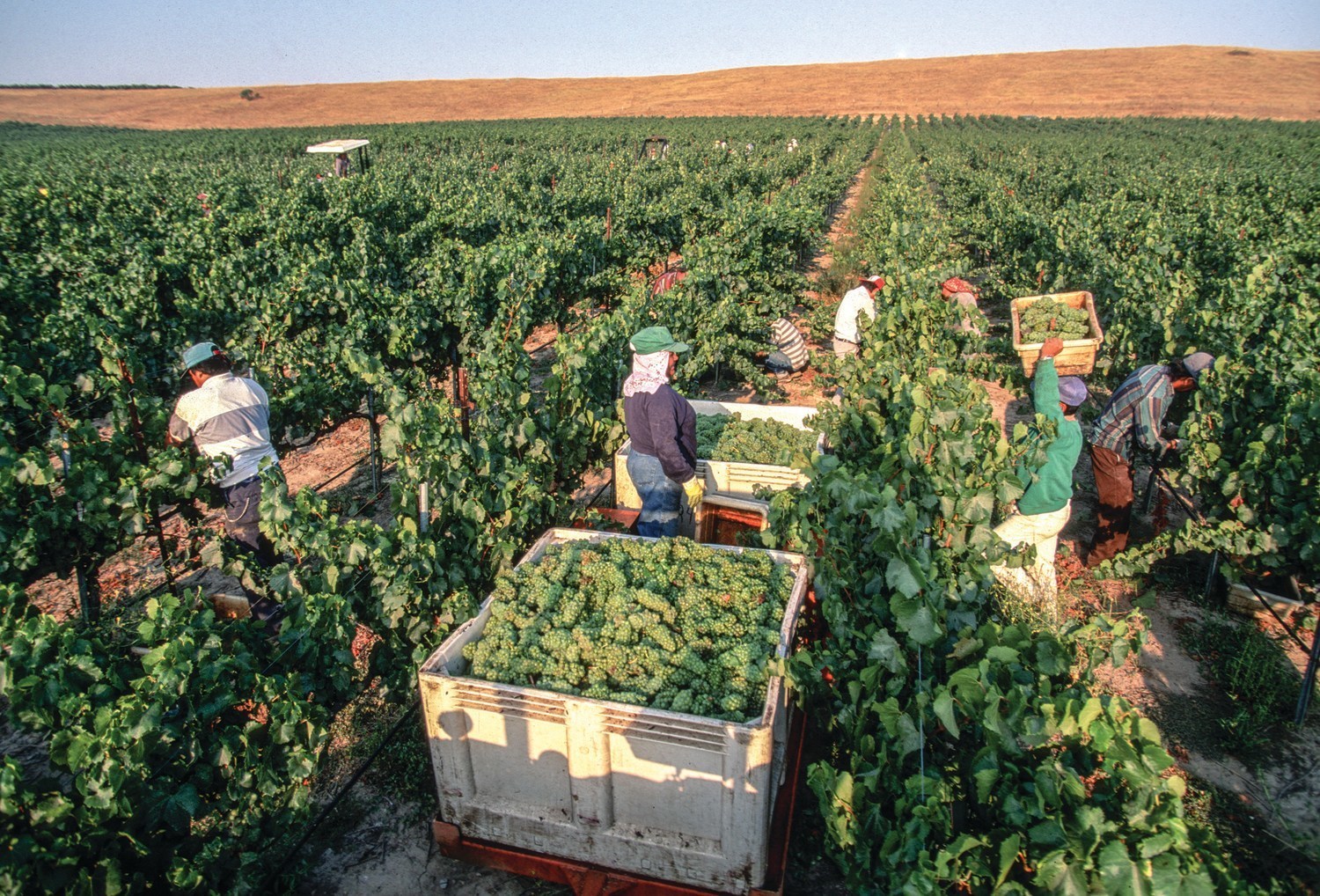As demand for wine increases across the United States and the entire world, the planting of new vineyards has become more popular and lucrative. Existing wine producers are having a difficult time increasing production capacity simply because there are not enough grapes. Subsequently, there is high competition for new grapes, which is driving the increased planting of new vineyards.
However, growing quality wine grapes is not usually an easy task. One should definitely be educated in agriculture, viticulture, and similar sciences. There are many factors to consider before deciding to plant a vineyard. The main key is determining the profitability of the venture. Up-front costs for starting a vineyard can be quite costly, averaging $10,000 per acre for the first few years before any grapes can be harvested. Those costs include stakes or trellises, wire, rootstock and labor. That doesn’t include the substantial cost of the land. A typical Return on Investment for a new vineyard takes at least 10 years.
There is also quite a bit of risk involved in starting a vineyard. Vine damage or loss can be caused by inclement weather, such as hail or frost. Diseases and pests such as birds, bugs and deer can hinder the proper growth of grapevines. Factors such as climate, topography and soil type have a great impact on grape quality.
Assuming the grapes are skillfully harvested, is there a market for the product? How will the grapes be used? If the vineyard is not supporting a particular winery, then arrangements must be made to sell the grapes to an outside customer. It is good to build relationships with winery owners and other wine producers in the same area that the vineyard occupies. Many wineries grow little or none of their own grapes, thus relying heavily on outside vineyards to produce the grapes that make their wine.
VINEYARD ESTABLISHMENT
It can take several years of research to determine whether a site is suitable for growing winegrapes. Temperature, location, elevation, topography and regional characteristics are all important factors that should weigh into any site decision.
Climate – Knowing the weather patterns for the area where your vineyard will be planted is a key factor in determining whether a certain site is suitable. Rainfall, temperature, humidity and variability are different aspects of an area’s climate that play heavily into vineyard site assessment.
Diseases and Pests – Vines planted in certain regions are prone to various diseases, insect infestation, or animal damage. Vineyards next to bodies of water or fields where hay is cut may be vulnerable to insect swarms. Forest creatures, such as deer and birds can also wreak havoc with an otherwise prosperous vineyard.
Grape Varieties – It’s essential to know which types of grapevines will produce best in any given area. Varieties such as Riesling prefer a colder climate than Pinot Noir, which prospers in more moderate, steady temperatures. It’s also imperative to know the growing tendencies and freeze thresholds of the vines you’d like to plant.
Topography – The layout of the land can have a big impact on grape quality. It’s usually favorable to plant grapevines on gently sloping land, to promote sufficient air flow and avoid frost pockets. Many vineyards above the equator lie on southern-facing slopes to maximize heat units.
Soil – One of the most challenging aspects of choosing a vineyard site is knowing whether the soil is good for growing grapes. Grapevines need soil with good drainage, so that the roots get proper oxygen. Soils that don’t fall into acceptable pH and salinity (saltiness) ranges should be avoided.
VINEYARD MANAGEMENT
Once the vineyard site is established, the management process begins. The soil must be worked, vines must be planted, and trellises must be laid. Any irrigation systems must also be implemented, and cover crop planted. When the vines start to grow, pruning should be done to ensure healthy vine and grape maturity. Close monitoring of fruit is also essential to producing quality winegrapes.
Grape Development – Understanding the grape-growing process, from vine to wine, is extremely important if one wants to produce excellent grapes. A vineyard manager must closely monitor the grape from bud to veraison to harvest. It is good to perform detailed chemical analysis or lab tests on the grapes if possible.
Groundwork – Grapevines are capable of growing very deep into the ground, but are usually concentrated to just the top three feet of soil. Generally, the ground must be tilled one year in advance of planting, and any weeds or bigger objects removed. Vineyard orientation and vine and row spacing must also be considered. Cover crops planted between the rows should be considered as a means to control erosion and promote soil quality.
Irrigation – Not all areas need water supplements. The average vineyard needs only about 24 inches of rainfall per year to yield quality grapes. In fact, it is often desirable to have less rainfall rather than more, which deprives the vines in a way that produces higher quality fruit.
Pruning – Controlling vine growth is important to producing vines that yield good fruit. Dormant vines should be pruned annually, during the cold season. Pruning the vines promotes a proper balance between overproduction of fruit and undercropping.
Training Systems – When grapevines begin to grow, they need support systems for the branches. Trellises are the most popular type of support system currently in use. One must consider the variety of materials used, plus trellis spacing and height.
